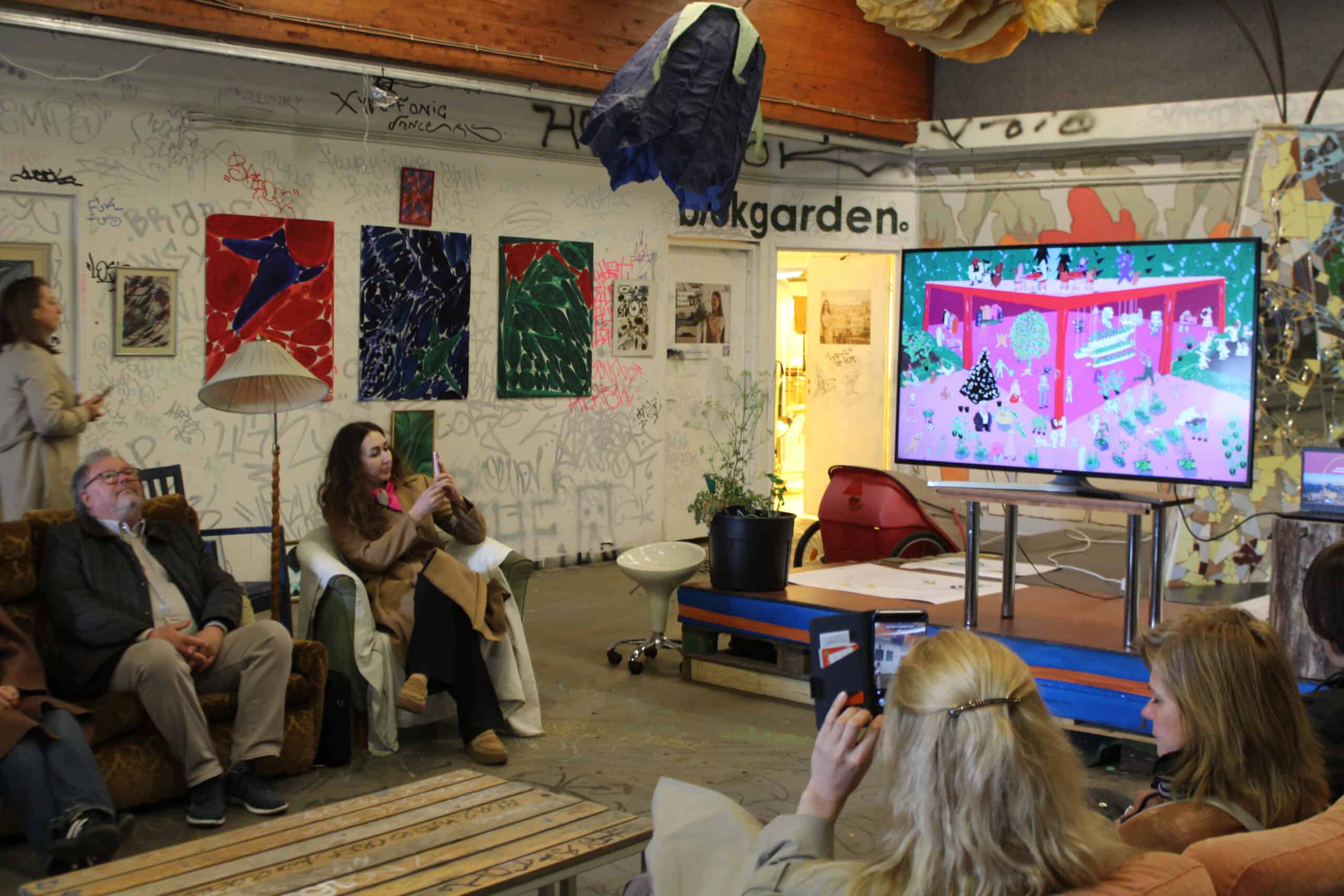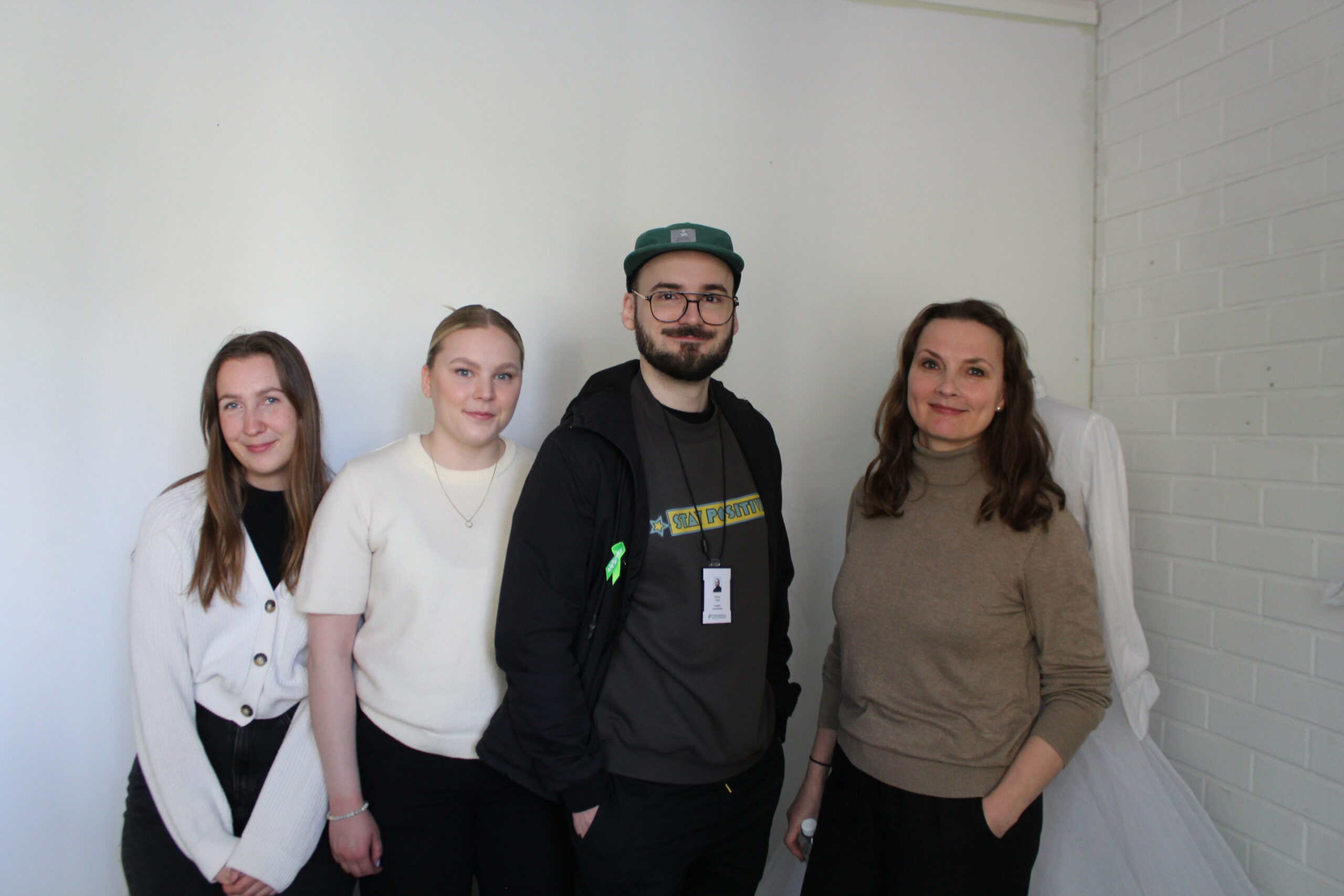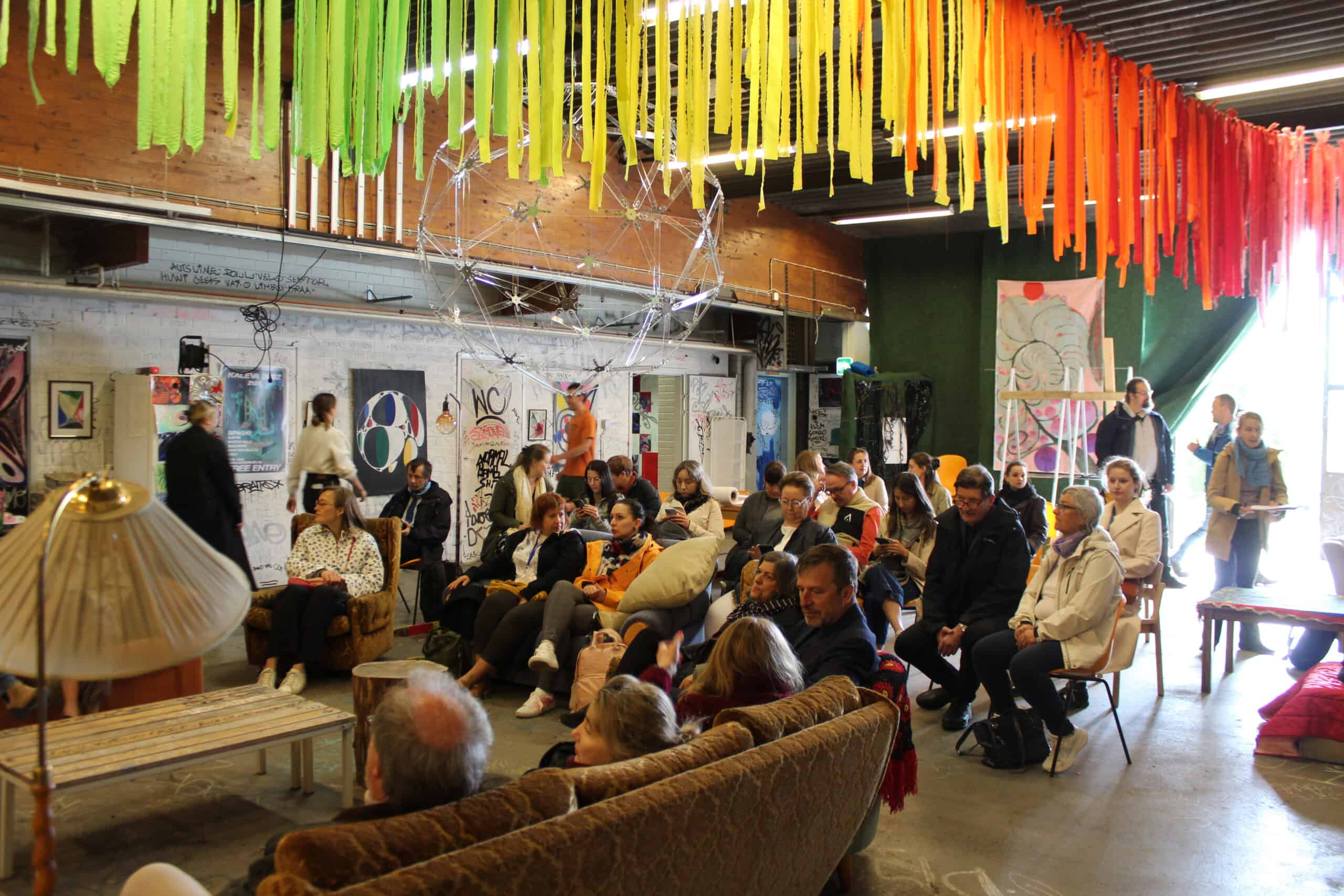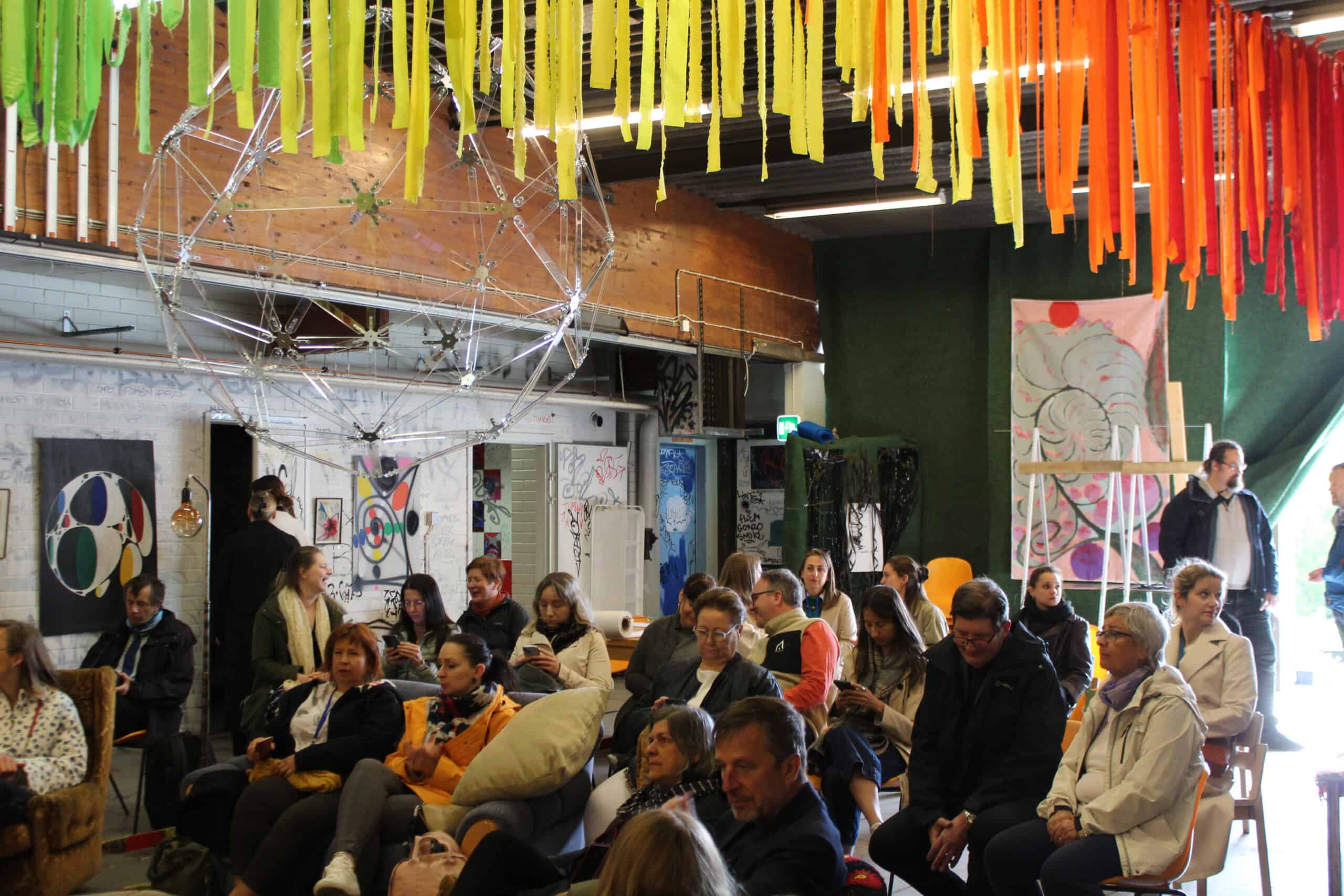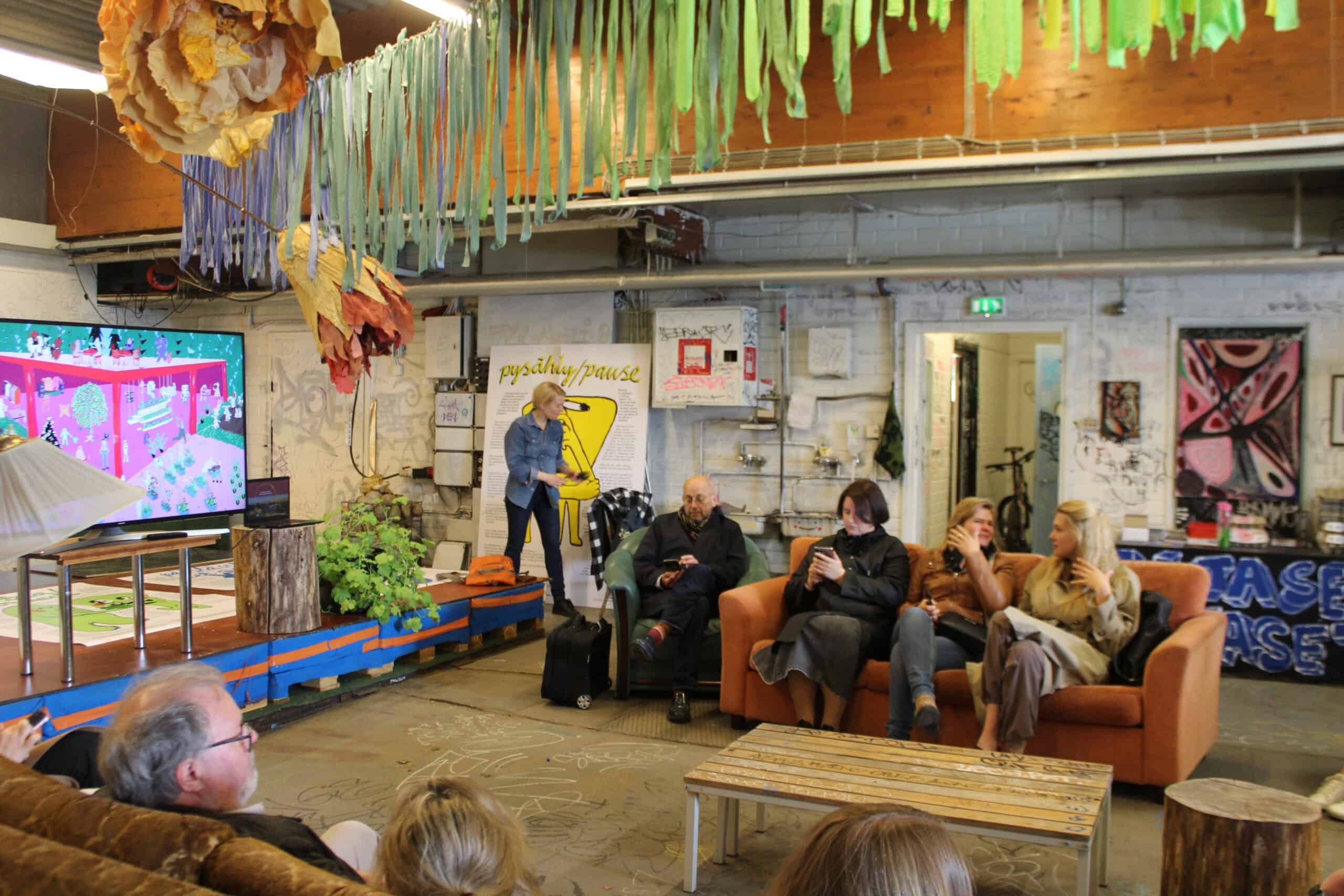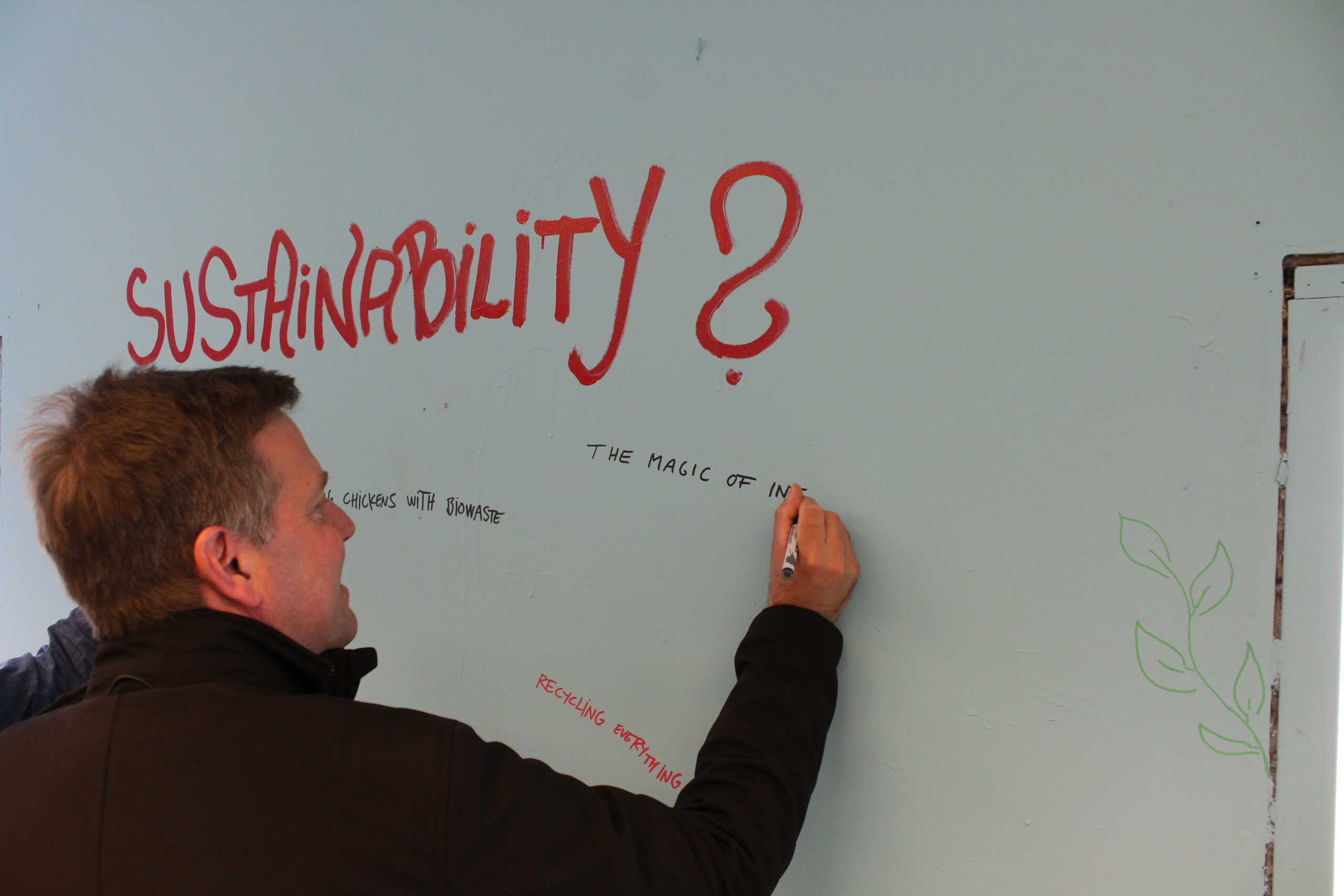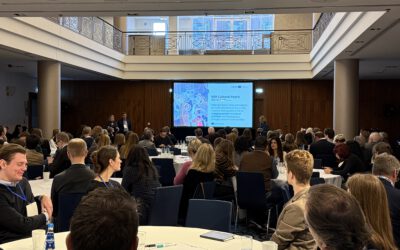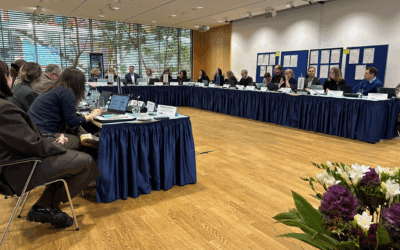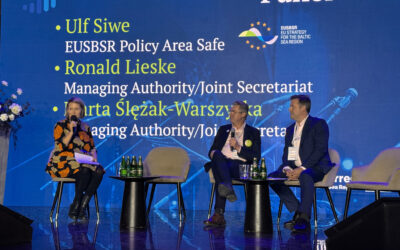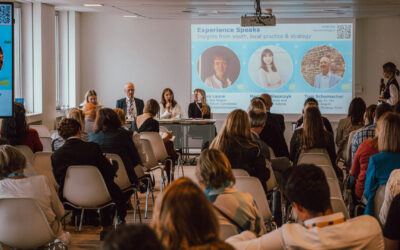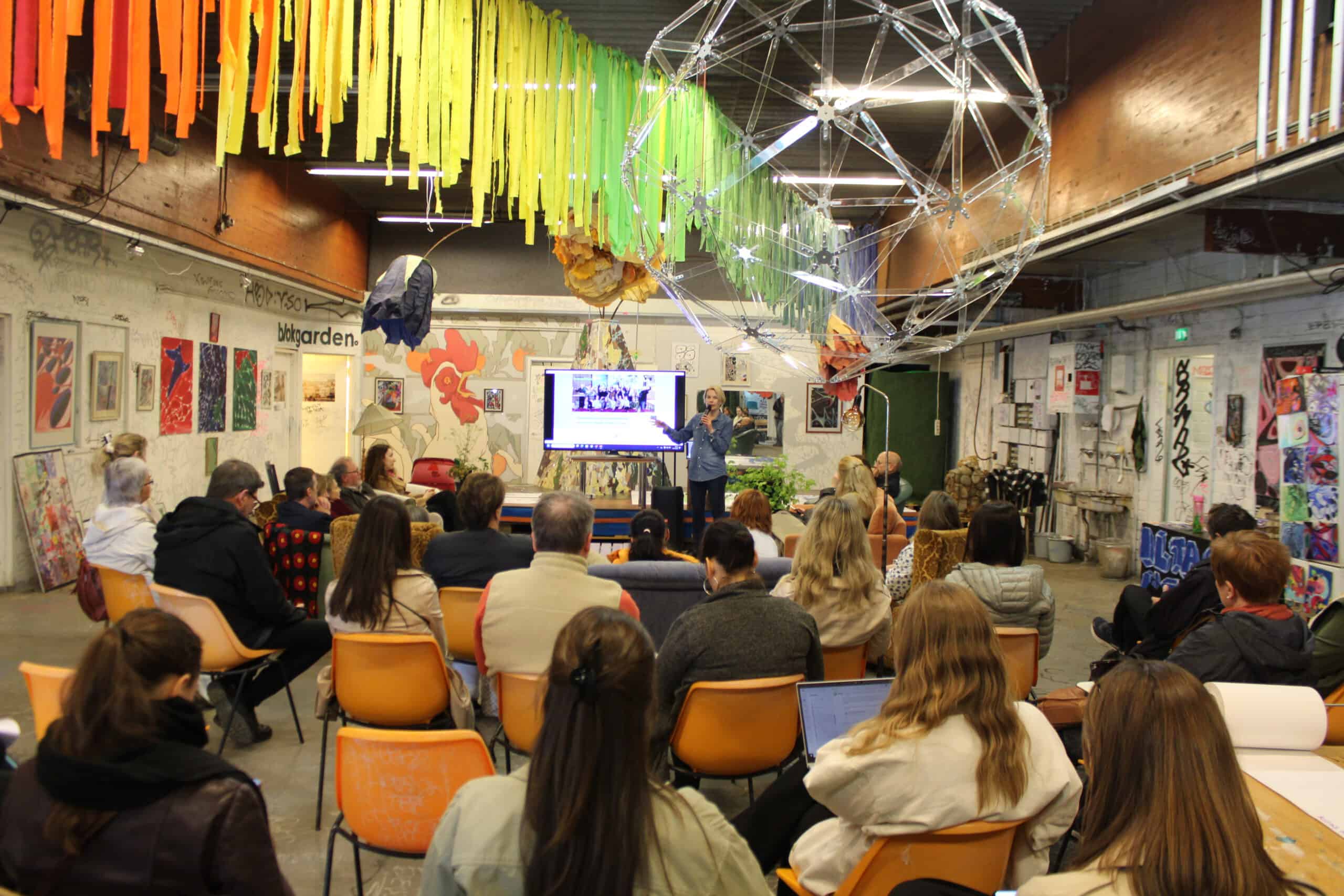
16 July 2025
Bringing Communities Together for Sustainable Change
written by Anna Zaccaro
A Platform for Sustainable Living
There’s something truly transformative about witnessing the power of collaboration in action, especially when it leads to tangible changes in how we live and interact with our environment. In the “We Make Transition!” project, public authorities collaborate with civil society on social and ecological initiatives, co-creating changes in areas such as consumption, mobility, energy, and social life. The Centre of Sustainable Life offers a range of low-threshold activities designed to bring people together, regardless of their background. From community gardening and second-hand markets to art exhibitions and repair workshops, the centre supports a sustainable lifestyle that embraces reuse, sharing, and creativity. Whether you’re a young child playing in the garden or an elderly resident enjoying an art workshop, the space is open to all. It is a place where people can disconnect from the pressures of modern, consumption-driven society and reconnect with nature and each other. Local authorities and civil society actors agree that the centre is an essential part of Tampere’s journey toward more inclusive and sustainable urban living. By offering a place for interaction, creativity, and learning, the centre fosters a sense of community that is often lost in the urban environments of today.
Co-Creating Change Through Transition Arenas
The heart of We Make Transition! lies in its innovative approach to sustainability: The Transition Arena. This methodology brings together local authorities, civil society, and small businesses to co-create visions for a more sustainable future. In Tampere, this approach has resulted in a shared vision for sustainable urban living, which is now taking shape through concrete actions at the Centre of Sustainable Life.
Markus Lappi, Project coordinator from Tampere region
#DidYouKnow
We Make Transition project partners have organised a total of 12 transition arena processes in 12 different locations:
1) Hämeenkyrö Agriculture Arena, 2) Helsinki-Uusimaa Circular Transition, 3) Sustainable Future in Kimitoön, 4) Uusikaupunki – Nature in my Neighbourhood, 5) Tartu Circular Economy Transition, 6) Organic Food Transition in Bremen Schools, 7) Organic Food Transition in Vidzeme region, 8) Trondheim Sustainable Food System, 9) Tampere Future Arena of Sustainable Life, 10) Sustainability Transition in Education, Lääne-Harju, 11) Gdynia Cross-sectoral Sustainability, 12) Namsos Circular Initiatives.
Empowering Communities
The impact of the We Make Transition! project is about empowering people—transforming mindsets, creating partnerships, and fostering a culture of sustainability.
Johanna Leino, Project Leader from the Baltic Institute of Finland
We Make Transition! is about listening to people, implementing concrete actions, and finding ways to bring diverse groups together. It’s not just about technology; it’s about people, and that’s what makes it so powerful
The project recognizes that sustainability is not only about technical solutions; it’s about transforming societies at every level. The We Make Transition! transition arenas encourage dialogue between local authorities and civil society. It’s about rebuilding trust, sharing knowledge, and working together toward common goals. As Tuomas Ilander from Blokgarden, one of the businesses currently based at the centre, aptly put it, the project is “muutoksen mahdollistajat,” or “enabling change.”
Click on the photo to view the gallery
The Ripple Effect of Cooperation
The success of the transition arena process has inspired others in the region to explore similar models. The workshop results are already being integrated into local sustainability strategies, ensuring that the project’s impact will continue long after it has ended. As the study visit came to a close, the sense of shared purpose was palpable. Walking through the gardens and art covered rooms, it was clear that this project more than a pilot is a real blueprint for the future of urban living.
This study visit, which was part of the Programme Conference 2025, was a perfect example of the magic of Interreg: when people from all walks of life come together to co-create change, the possibilities are endless.
Don’t miss!
More recent news
Designing Interreg Baltic Sea Region that belongs to everyone
10 December 2025 Designing Interreg Baltic Sea Region that belongs to everyone Written by Eeva Rantama What if the next Interreg Baltic Sea Region...
Monitoring the Programme’s progress: transnational cooperation in the making
Representatives from nine Programme area countries gathered in Berlin on 19-20 November 2025 to review the progress of the Programme’s implementation and start preparing for the post-2027 period.
Beyond Borders: Turning Interreg Results into Policy Action
At this year’s EUSBSR Annual Forum in Sopot, the session “Beyond Borders: Interreg Results in Action for a Resilient and Safe Baltic Sea Region” showcased how Interreg Baltic Sea Region projects are transforming challenges into policy-relevant results that strengthen resilience, safety, and cooperation across the region. The session brought together project partners, EUSBSR policy area coordinators, members of the Programme Monitoring Committee and young participants to explore what it takes to turn project outcomes into lasting policy impact.
How territorial cooperation builds us a home: the Baltic Sea region example
A room full of people waving their green and orange cards, prominent panelists on stage, and a clear hero of the day: territorial cooperation, making the Baltic Sea region feel like home. The joint session during this year’s EU Week of Regions and Cities was filled with positive energy, commitment and hopes for the future. What stood out most?



